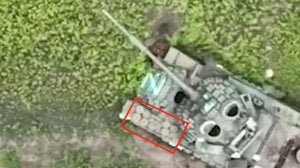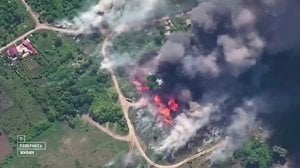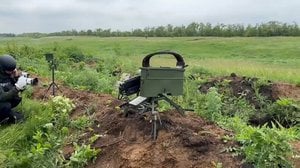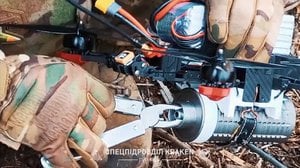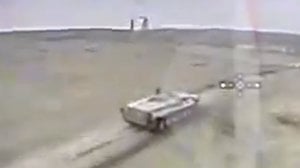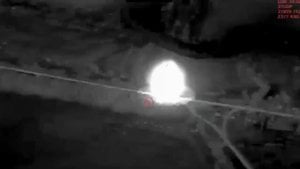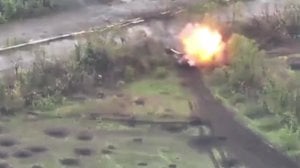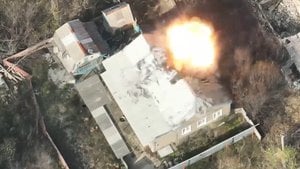
Lancet Strike on Ukrainian Grad Launcher
Published 1 years ago
You're looking at both the reconnaissance and nose mounted video perspectives of a recent Russian strike against what appears to be a Ukrainian Grad system. After the strike is carried out by a Russian Lancet Loitering Munition, the reconnaissance drone stays on station to conduct a complete battle damage assessment of the attack.
You'll notice that since this attack was effective, the battle damage assessment was fully published with the video. Chalk this one up as another instance of the Russians showing off their kills, and making wildly off base claims when their impacts go astray and are ineffective. I've talked about this common Russian tactic ad nauseum in dozens of these strikes already, but for those of you who are new to the the Anal Gang, let me explain in about one quick paragraph.
This is the Russian modus operandi with Lancet munition strikes on Ukrainian targets. There is always a reconnaissance drone filming the attack. It is used to identify the target and guide the munition in. It is also used to conduct a proper battle damage assessment of the effects on target. The Lancet video is recorded as well. If the attack is a success for the Russian forces, they release the full perspective of both drones including the battle damage assessment. If the drone fails to destroy the target or inflict personnel casualties, the reconnaissance video is either not published so that the footage ends with the Lancet drone's destruction, or it is cut immediately after impact with no BDA shown.
About the Author

Josh Brooks
Josh is an American writer and former USMC machine gunner with eight years of experience in ground combat arms throughout the GWOT. He is currently based in Texas and specializes in combat footage analysis and digital marketing.Follow Josh at OfficialJoshBrooks.com


